A new book, Opening Repertoire: The Nimzo-Indian and Bogo-Indian by Christof Seilecki (Everyman Chess), focuses on the ever popular Nimzo-Indian and Bogo-Indian Defences. The former arises after 1 d4 Nf6 2 c4 e6 3 Nc3 Bb4 while the latter commences 1 d4 Nf6 2 c4 e6 3 Nf3 Bb4+. The possibilities for transposition are legion.
The Nimzo-Indian is named after the subtle chessboard strategist and author of My System Aron Nimzowitsch, victor of the great international tournaments at Dresden 1926, London 1927 and Carlsbad 1929. Its close relative is named after Efim Bogolyubov who won the equally impressive tournaments at Moscow 1925 and Bad Kissingen 1928 and also challenged, unsuccessfully, for the World Championship in 1929 and 1934.
Opening Repertoire explains a dark square strategy for Black based on the pawn structure with … d6 and … e5.
Sergey Kasparov-Bologan: Minsk 2000; Nimzo-Indian Defence
1 d4 Nf6 2 c4 Nc6 3 Nf3 e6 4 Nc3 Bb4 5 Bd2 0-0 6 e3 d6 7 Bd3 e5 8 d5 Ne7 9 a3 Bxc3 10 Bxc3 b5 Black may also play slow moves like 10 … c6, instead of Bologan’s straightforward approach. 11 b3 bxc4 12 bxc4 Nd7 (see diagram 1) It is now not so easy for White to make any progress on the queenside, whereas Black will build up on the kingside with … f5. While the position should be about equal, Black’s position seems the easier to play. In fact, Bologan quickly gains the initiative. 13 0-0 f5 14 Be2 Ng6 15 Nd2 e4 An interesting choice and Black had a wide range of plans. Bologan’s move gains the e5-square, but improves White’s bishop and allows a possible Nb3-d4. Instead, there were alternatives like 15 … a5 with the intention to continue with … Nc5. 16 g3 Nge5 17 Bd4 Qg5 17 … Qe7 was probably better to keep an eye on c5, intending … Nc5/ … a5 plans. 18 Rc1 Nc5 (see diagram 2) 19 Bxc5 The tactical idea in connection with the next move backfires. 19 Nb3 was much better, with equal play. 19 … dxc5 20 d6 cxd6 21 Nxe4 fxe4 22 Qd5+ Nf7 23 Qxa8 Bg4 24 Qxe4 Bxe2 This is still a tricky position, but the weak light squares around White’s king are hard for him to handle. 25 f4 Qf6 26 Rfe1 Bg4 27 Qc2 Bd7 28 e4 Bc6 29 Qd3 h6 More incisive here was the immediate 29 … g5. 30 Re3 Re8 31 Rce1 a5 32 h4 a4 33 h5 Qe6 34 Qe2 Rb8 35 Qc2 Bd7 36 Rd3 Qh3 37 Rb1 Re8 38 Qe2 Bg4 39 Qe3 Qxh5 Now White falls apart. 40 Rb7 Qg6 41 f5 Qh5 42 Qf4 Qg5 43 Kh2 Ne5 44 Rxd6 Qh5+ White resigns
Got something to add? Join the discussion and comment below.
Get 10 issues for just $10
Subscribe to The Spectator Australia today for the next 10 magazine issues, plus full online access, for just $10.
You might disagree with half of it, but you’ll enjoy reading all of it. Try your first month for free, then just $2 a week for the remainder of your first year.

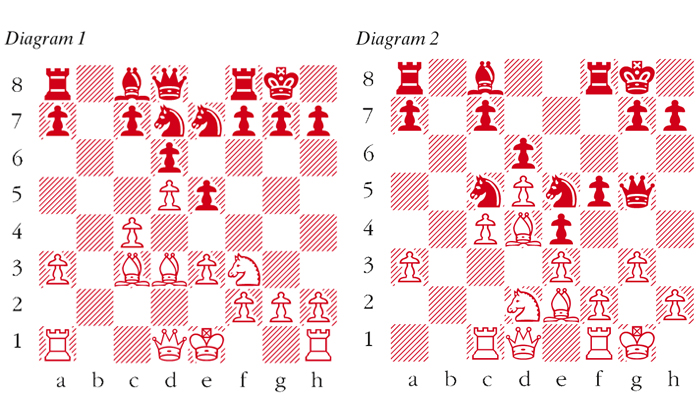
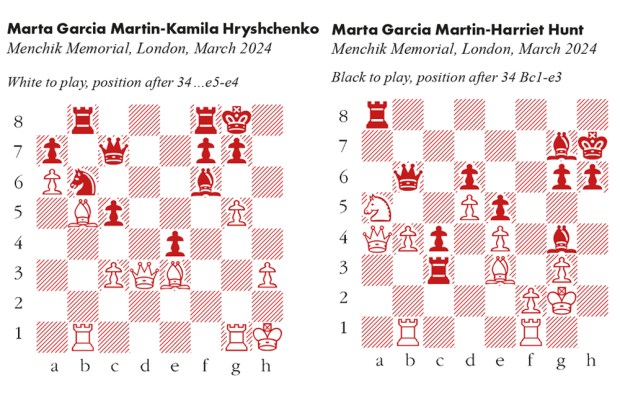

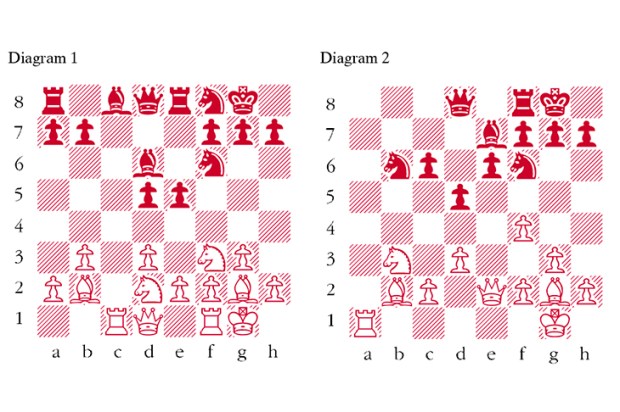
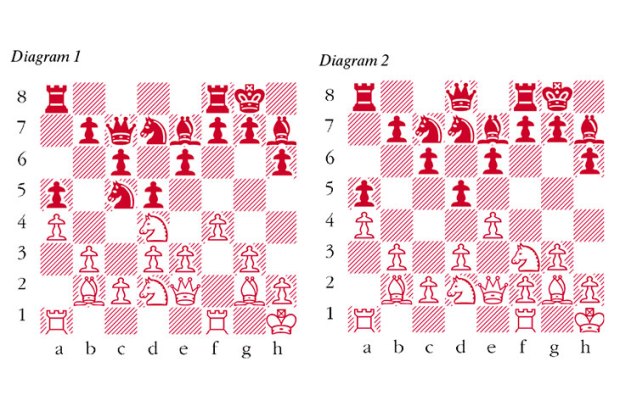
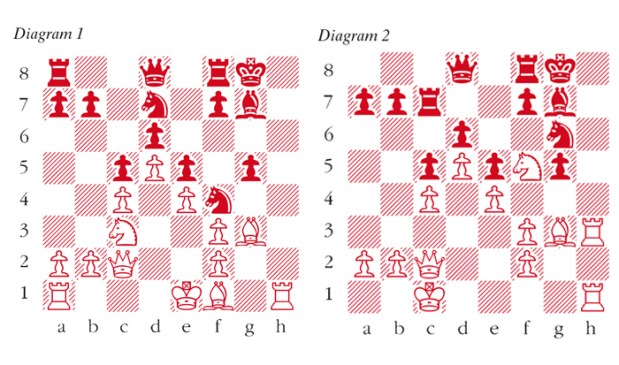
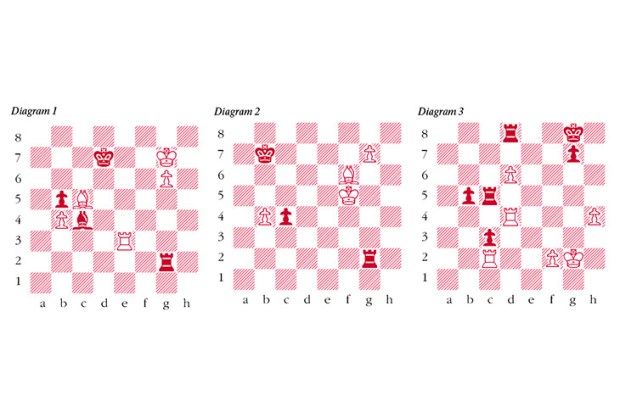






Comments
Don't miss out
Join the conversation with other Spectator Australia readers. Subscribe to leave a comment.
SUBSCRIBEAlready a subscriber? Log in